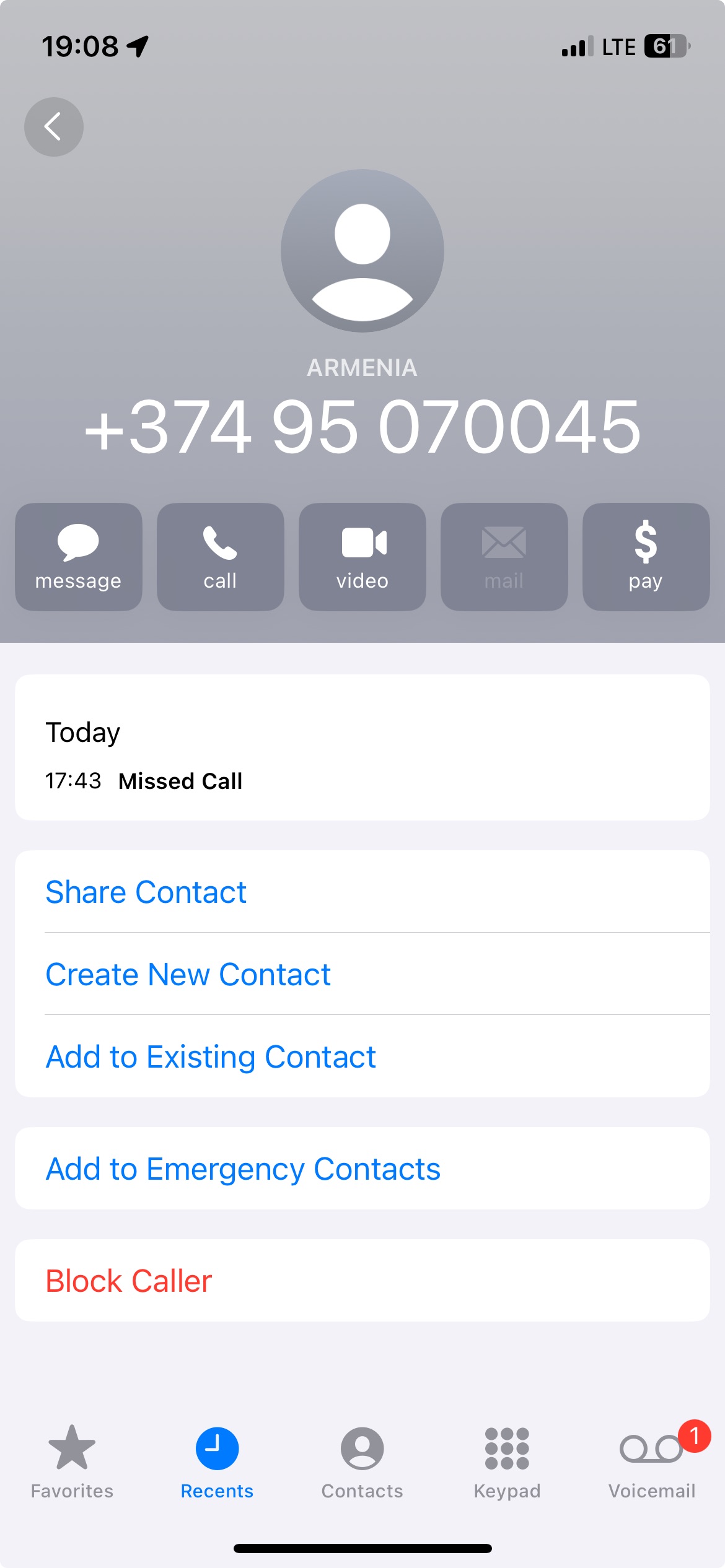The SMS sender is marked as Spam/Fraud
Long Code 0037495070045 Text Message Information
Understanding Pulse Dialing and Call Charging Systems
Pulse Numbers
Pulse dialing is an older telecommunication signaling method used by rotary dial telephones. When you dial a number, each digit generates a specific number of pulses (clicks) that correspond to the digit itself. For example:
- Dialing '1' generates 1 pulse
- Dialing '5' generates 5 pulses
- Dialing '0' generates 10 pulses
The telephone switch at the exchange receives these pulses and interprets them to connect the call to the desired number.
Charge as You Dial
In some telecommunication systems, the billing for a call can start as soon as the dialing process begins. This means that even if the call does not successfully connect to the intended recipient, the caller may still incur charges. This system is typically used in payphones and some international calling services where the cost of initiating the call is charged regardless of the call's outcome.
Ring / Hang Up and Callback Charging
A practice seen in some telecommunication fraud schemes involves the following steps:
- Initial Call Attempt: A caller dials a number, and the call rings briefly before hanging up. This might be done by automated systems.
- Callback: The recipient sees a missed call and returns the call out of curiosity or concern.
- Charge Begins: When the recipient returns the call, it connects to a premium-rate number or a service that incurs high charges, often without the recipient's initial awareness.
This tactic exploits the natural curiosity of the recipient to return a missed call, leading to unexpected charges.
Tips to Avoid Unwanted Charges
- Verify Missed Calls: Before returning a missed call from an unknown number, verify its legitimacy. A quick online search can sometimes reveal if others have reported the number as suspicious.
- Use Trusted Sources: When dialing premium or international numbers, ensure they are from trusted and verified sources to avoid inadvertent charges.
- Monitor Your Bill: Regularly check your phone bill for any unexpected charges and report any suspicious activity to your service provider immediately.
Understanding these telecommunication practices can help you avoid unnecessary charges and stay informed about how different calling systems work.
Information and details for Long Code 10DLC Code 0037495070045




